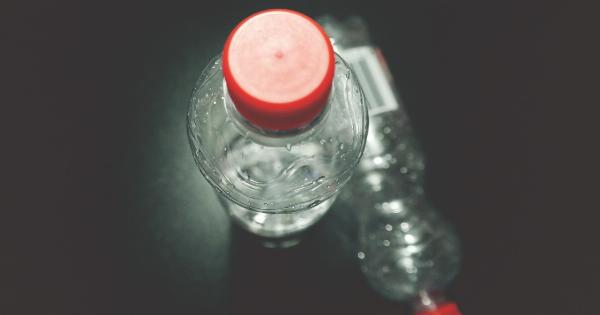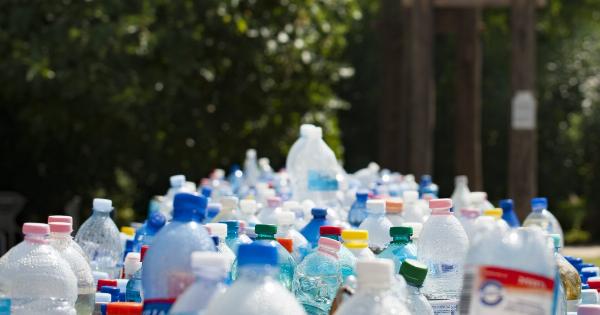Everyday household items such as cleaning products, plastic containers, and even some types of food packaging contain a common chemical known as Bisphenol A (BPA). This chemical has been used for decades to harden plastics and line cans.
However, research has now revealed that this seemingly harmless chemical poses a significant health threat to humans. Here we will delve into the hidden dangers of BPA and how to protect yourself and your family from exposure.
What is Bisphenol A?
Bisphenol A (BPA) is a synthetic chemical that has been used in the manufacturing of a wide range of items, including CDs, DVDs, water bottles, food packaging, and dental sealants. BPA is also used to line can foods and beverages.
This chemical is renowned for its ability to harden plastics, making them less prone to damage and wear and tear.
BPA mimics the effects of estrogen, a hormone that is responsible for the growth and development of the female reproductive system.
When ingested, BPA can disrupt the natural balance of hormones in the body, triggering a series of adverse health effects.
The Dangers of BPA Exposure
BPA exposure has been associated with a wide range of health problems, including:.
: 1. Reproductive Issues
BPA is regarded as a hormone disruptor, and research has shown that exposure to high levels of BPA can interfere with the reproductive system in both males and females.
According to a study by the Environmental Working Group, BPA exposure affects the quality, quantity, and motility of sperm in males, reducing the chances of conception.
: 2. Developmental Problems
BPA exposure has been linked to developmental issues in unborn children and infants, including premature puberty, behavioral issues, and altered brain development.
: 3. Increased Risk of Cancer
BPA has been classified as a possible carcinogen by the International Agency for Research on Cancer (IARC). Research indicates that BPA exposure can increase the risk of breast and prostate cancer.
: 4. Heart Disease and Type 2 Diabetes
BPA exposure has also been linked to an increased risk of heart disease and type 2 diabetes. A study by the University of Cincinnati revealed that high levels of BPA in the blood can increase the risk of heart disease by up to 22 percent.
Protecting Yourself and Your Family from BPA Exposure
Given the potential dangers of BPA exposure, it is important to take measures to minimize your exposure. Here are some tips to help you protect yourself and your family from BPA:.
: 1. Avoid Plastic Containers
Plastic containers are a common source of BPA exposure. Try to avoid using plastic containers to store food and other items. Instead, opt for glass, porcelain, or stainless steel containers.
: 2. Use BPA-Free Products
When shopping for products, try to choose those that are labeled as BPA-free. Companies are increasingly becoming aware of the potential dangers of BPA and are producing BPA-free products.
: 3. Eat Fresh Food
Foods that are canned or packaged are likely to contain BPA lining. Try to eat fresh foods and cook from scratch as much as possible.
: 4. Avoid Thermal Paper
Thermal paper, commonly used in receipts and tickets, contains high levels of BPA. Avoid handling or storing thermal paper whenever possible.
: 5. Limit Your Use of BPA-Containing Products
If you can’t avoid using products that contain BPA, try to limit your exposure as much as possible. For example, instead of microwaving food in plastic containers, heat it on a plate.
Conclusion
Bisphenol A (BPA) is a common chemical that is used in the manufacture of a wide range of products. However, research has uncovered significant health concerns associated with BPA exposure.
Reproductive issues, developmental problems, heart disease, cancer, and type 2 diabetes are all potential health risks associated with BPA exposure. To minimize your exposure to BPA, try to avoid plastic containers, use BPA-free products, eat fresh foods, limit your use of BPA-containing products, and avoid thermal paper whenever possible.





























